
XRF analysis stands for X-ray fluorescence analysis, a powerful tool for identifying the elements in a material without causing any damage. This method uses X-rays to reveal what a sample is made of, making it ideal for testing valuable or delicate items. You’ll find its applications in fields like mining, quality control, and even art restoration. By providing fast and accurate results, XRF analysis helps you make informed decisions in research, production, or conservation.
Key Takeaways
XRF analysis is a way to find elements in materials. It uses X-rays and does not damage items, making it great for fragile or valuable objects.
This method gives quick and correct results, helping industries like mining, factories, and art preservation make fast choices.
Learning how XRF works helps you understand the data better. It ensures accurate readings and shows what materials are made of.
XRF tools are easy to carry and can test many things. They work on solids, liquids, and powders, making them useful in many areas.
Safety is very important with XRF tools. Always follow rules to avoid radiation and stay safe while using them.
What is XRF analysis?
Definition and principles
XRF analysis, or X-ray fluorescence analysis, is a scientific method used to identify and measure the elements in a material. It works by using X-rays to excite the atoms in a sample. When the atoms return to their normal state, they release energy in the form of fluorescence. This energy is unique to each element, like a fingerprint, allowing you to determine what the material is made of.
The principles behind XRF analysis rely on the interaction between X-rays and matter. When X-rays hit a sample, they knock electrons out of their orbits. This creates a vacancy, and electrons from higher energy levels fill the gap. As this happens, the atom emits X-ray fluorescence, which is detected and analyzed. This process is non-destructive, meaning the sample remains intact, making it ideal for testing valuable or delicate items.
Key features of XRF technology
XRF technology offers several features that make it a popular choice for material analysis:
Non-destructive testing: You can analyze materials without damaging them, preserving their original state.
Speed and efficiency: XRF analysis provides results in seconds, making it suitable for on-site testing or high-volume applications.
Wide range of materials: This method works on solids, liquids, and powders, giving you flexibility in testing different types of samples.
High accuracy: XRF instruments can detect elements in very small concentrations, ensuring precise results.
Portability: Many XRF devices are handheld, allowing you to perform analysis in the field or at remote locations.
Tip: XRF analysis is especially useful when you need quick, reliable results without altering the sample. It’s a go-to tool for industries like mining, manufacturing, and environmental science.
By understanding the definition, principles, and features of XRF technology, you can see why it’s such a valuable tool for analyzing materials.
How does XRF analysis work?
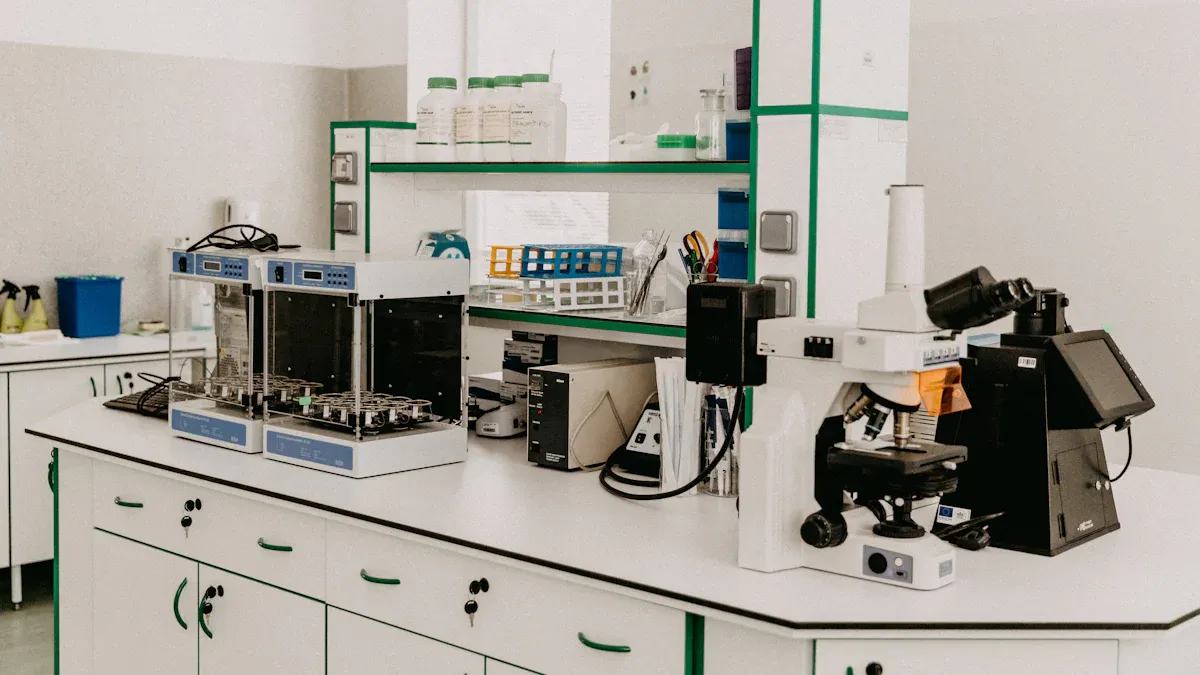
Step-by-step process
XRF analysis follows a systematic process to determine the elemental composition of a sample. Each step plays a vital role in ensuring accurate results. Here’s how it works:
Detector response correction: The detector captures the X-ray signals emitted by the sample. At this stage, the system corrects for overlapping peaks and background noise to isolate the true signals.
Deconvolution of photopeaks: The system analyzes the corrected signals to identify the intensity of the X-rays interacting with the detector. This step helps pinpoint the specific elements present in the sample.
Elemental concentration calculation: The system accounts for factors like attenuation and matrix effects. These adjustments ensure that the final results accurately reflect the concentrations of elements in the sample.
Step | Description |
|---|---|
1 | Unravel the detector response to recover the incident photopeaks, correcting for various peaks and background. |
2 | Deconvolve the photopeaks to determine the intensity of the X-rays interacting in the detector. |
3 | Account for attenuation and matrix effects to determine the concentrations of the elements in the sample. |
By following these steps, XRF analysis provides reliable and precise data about the material being tested.
Role of X-rays in exciting atoms
The core of XRF analysis lies in the interaction between X-rays and atoms. When high-energy X-rays hit a sample, they transfer energy to the atoms. This energy can eject an electron from the atom’s inner shell, creating a vacancy. The atom becomes unstable and forms a positive ion. To restore balance, an electron from an outer shell moves in to fill the vacancy. During this transition, the atom releases excess energy as secondary X-ray photons. These photons have unique energy levels that correspond to specific elements in the sample.
This process is what makes XRF analysis so effective. The emitted X-ray fluorescence acts like a fingerprint, allowing you to identify the elements present in the material. Research has shown that this method is highly accurate because the energy levels of the emitted photons are unique to each element.
Measurement and analysis of fluorescence
Once the sample emits X-ray fluorescence, the detector measures the energy and intensity of the emitted photons. The energy levels indicate which elements are present, while the intensity reveals their concentrations. Advanced software processes this data to generate an XRF spectrum, a graph that displays energy peaks corresponding to different elements.
Interpreting the spectrum requires expertise. Each peak represents an element, and its height reflects the element’s abundance. For example, a tall peak at a specific energy level might indicate a high concentration of iron, while a smaller peak could signify trace amounts of copper. The system also accounts for factors like overlapping peaks and background noise to ensure accurate results.
By analyzing the fluorescence data, XRF analysis provides a detailed picture of the sample’s composition. This information is invaluable in industries like mining, manufacturing, and environmental science, where understanding material properties is crucial.
Interpreting XRF spectra
Energy peaks and their significance
When you analyze XRF spectra, energy peaks play a crucial role in identifying the elements within a sample. Each peak corresponds to a specific element, acting as a unique signature. For example, iron (Fe) produces Kα and Kβ peaks, which are more prominent at higher concentrations. Similarly, lead (Pb) generates Kα and Kβ peaks due to energy absorption by silicon atoms in the detector. Low atomic number (Z) elements like chlorine and calcium only produce K peaks, while high Z elements such as uranium and mercury emit L lines. Middle Z elements, like iodine, may display both K and L lines.
Understanding these peaks helps you interpret the composition of a material accurately. The table below summarizes the relationship between elements and their peak types:
Element | Peak Type | Description |
|---|---|---|
Fe | Kα, Kβ | Artifact peak due to simultaneous arrival of photons at the detector. |
Pb | Kα, Kβ | Artifact peak due to energy absorption by Si atoms in the detector. |
Low Z | K peaks | Low Z elements (e.g., Cl, Ar, K, Ca) give only K peaks. |
High Z | L lines | High Z elements (e.g., Ba, Hg, Pb, U) give only L lines. |
Middle Z | K and L lines | Middle Z elements (e.g., Rh through I) may give both K and L lines. |
By recognizing these patterns, you can decode the spectrum and identify the elements present in your sample.
Identifying and quantifying elements
XRF analysis allows you to identify and measure the concentration of elements in a sample. The energy of each peak reveals the element, while the peak’s intensity indicates its abundance. Advanced software processes the spectrum to calculate these concentrations with high precision. For instance, multivariate analysis (MVA) methods enhance sensitivity to low-abundance elements, making it easier to detect trace elements like arsenic or bismuth.
Major elements, such as aluminum oxide (Al2O3) and calcium oxide (CaO), often have lower limits of quantification (LOQ), ensuring accurate measurements even at minimal concentrations. Minor elements like manganese oxide (MnO) and phosphorus pentoxide (P2O5) follow similar trends. This capability makes XRF analysis invaluable for industries requiring detailed material composition, such as mining and manufacturing.
Challenges in interpretation
Interpreting XRF spectra can be challenging due to overlapping peaks, background noise, and matrix effects. Overlapping peaks occur when two elements emit photons with similar energy levels, making it difficult to distinguish them. Background noise can obscure smaller peaks, especially for trace elements. Matrix effects, caused by interactions between elements in the sample, may alter peak intensities and affect accuracy.
Researchers use statistical methods like multivariate analysis to address these challenges. For example, studies show that root mean square error of prediction (RMSE-P) values for major, minor, and trace elements are comparable or better than instrument predictions. These methods improve sensitivity and ensure reliable results, even for complex samples.
By understanding these challenges and employing advanced techniques, you can interpret XRF spectra effectively and gain valuable insights into material composition.
Applications of XRF analysis across industries

Mining and geology
In mining and geology, you can use XRF analysis to identify and measure the elemental composition of rocks, ores, and minerals. This technique helps you determine the grade of ore deposits, making it easier to decide whether a site is worth mining. Portable XRF devices allow you to perform on-site analysis, saving time and reducing the need for laboratory testing. For example, you can quickly assess the concentration of valuable metals like gold, copper, or zinc in a sample. This information helps you optimize extraction processes and minimize waste.
XRF analysis also plays a role in geochemical mapping. By analyzing soil and rock samples, you can create detailed maps that show the distribution of elements in a region. These maps are essential for locating mineral resources and understanding geological formations.
Manufacturing and quality control
In manufacturing, XRF analysis ensures that products meet strict quality standards. You can use it to verify the composition of raw materials, alloys, and finished goods. For instance, in the metal industry, XRF analysis helps you confirm that a steel alloy contains the correct proportions of iron, carbon, and other elements. This prevents defects and ensures product reliability.
XRF analysis is also valuable in industries like electronics and automotive manufacturing. It helps you detect harmful substances, such as lead or cadmium, in components. By identifying these elements, you can comply with environmental regulations and produce safer products. The speed and accuracy of XRF analysis make it ideal for high-volume production environments.
Environmental science and recycling
XRF analysis contributes to environmental science by helping you monitor pollution and assess soil contamination. For example, you can analyze soil samples to detect heavy metals like arsenic or mercury. This information is crucial for evaluating the impact of industrial activities and planning remediation efforts.
In recycling, XRF analysis helps you sort and process materials efficiently. You can use it to identify the composition of scrap metals, plastics, or electronic waste. This ensures that materials are recycled correctly and reduces the risk of contamination. By improving recycling processes, XRF analysis supports sustainable practices and conserves natural resources.
Art and archaeology
XRF analysis plays a vital role in uncovering the secrets of art and archaeology. You can use this technique to study ancient artifacts, paintings, and sculptures without damaging them. By analyzing the elemental composition of these objects, XRF helps you understand their origin, age, and the materials used in their creation.
How XRF analysis benefits art conservation
Material identification: XRF reveals the types of pigments, metals, and other materials used in artworks. For example, it can identify lead-based paints or gold leaf in historical paintings.
Damage prevention: Since XRF is non-destructive, you can examine fragile artifacts without risking harm.
Restoration guidance: Knowing the original materials helps you choose the right methods for restoring damaged pieces.
Tip: Use XRF to detect hidden layers in paintings or inscriptions on artifacts. This can uncover details that are invisible to the naked eye.
Applications in archaeology
In archaeology, XRF analysis helps you study ancient tools, pottery, and jewelry. By identifying the elements in these objects, you can trace their origins and understand trade routes. For instance, XRF can determine if a pottery shard contains minerals unique to a specific region. This information sheds light on the movement of goods and cultural exchanges in ancient times.
Artifact Type | Insights from XRF Analysis |
|---|---|
Pottery | Identifies clay composition to trace geographic origins. |
Metal tools | Reveals alloy composition to understand manufacturing techniques. |
Jewelry | Detects precious metals and gemstones to study craftsmanship. |
XRF also helps you authenticate artifacts. By comparing the elemental composition of an object to known historical materials, you can confirm its authenticity or detect forgeries.
Why XRF is essential for art and archaeology
XRF analysis combines precision and safety, making it ideal for studying priceless artifacts. It provides valuable insights into history while preserving the integrity of the objects. Whether you’re a conservator or an archaeologist, XRF empowers you to explore the past with confidence.
Is XRF analysis safe?
Safety measures and precautions
XRF analysis is safe when you follow proper safety measures. The device emits X-rays, which can pose risks if mishandled. You should always treat the equipment with care and respect. Operators need radiation safety training to understand how to use the device responsibly. Never aim the analyzer at yourself or others, especially when the primary beam indicator lights are illuminated. Holding samples during analysis can expose you to unnecessary radiation, so avoid this practice.
Note: Always store the device securely and follow local storage regulations. If you encounter a safety emergency, notify your Radiation Safety Officer (RSO) and contact the analyzer vendor for assistance.
By adhering to these precautions, you can ensure safe and effective use of XRF technology.
Radiation levels and compliance
XRF devices emit low levels of radiation, making them safe for routine use. The radiation is highly focused and only affects the area being analyzed. Regulatory bodies, such as the U.S. Food and Drug Administration (FDA) and the International Atomic Energy Agency (IAEA), set strict guidelines for radiation-emitting devices. XRF analyzers comply with these standards, ensuring their safety across various applications.
Operators must remain aware of the primary beam indicator lights, which signal when the device is active. This awareness helps you avoid accidental exposure. By following compliance protocols, you can use XRF technology confidently without compromising safety.
Best practices for safe use
To maximize safety, follow these best practices when using XRF analyzers:
Keep the device pointed away from yourself and others during operation.
Avoid holding samples directly in your hands.
Monitor the primary beam indicator lights to ensure proper usage.
Store the analyzer securely when not in use.
Regularly inspect the device for any signs of damage or malfunction.
Tip: Handle the device with care and respect. Proper maintenance and adherence to safety protocols reduce risks and extend the lifespan of the equipment.
By implementing these practices, you can safely harness the power of XRF analysis for your projects.
XRF analysis offers a reliable way to uncover the elemental composition of materials without causing damage. You’ve learned how this process works, from exciting atoms with X-rays to interpreting fluorescence data. Its applications span industries like mining, manufacturing, and art conservation, proving its versatility. By following safety measures, you can use this technology confidently. Whether you need fast results or non-destructive testing, XRF analysis provides an efficient solution for your analytical needs.
FAQ
What materials can you analyze with XRF?
XRF works on solids, liquids, and powders. You can analyze metals, ceramics, plastics, soils, and even liquids like oils. Its versatility makes it useful across industries, from mining to art conservation.
How accurate is XRF analysis?
XRF provides highly accurate results, often detecting elements in trace amounts. However, accuracy depends on factors like sample preparation and instrument calibration. For best results, follow the manufacturer’s guidelines.
Can you use XRF on painted surfaces?
Yes, you can analyze painted surfaces. XRF identifies the elemental composition of pigments and coatings without damaging the paint. This makes it ideal for art restoration and forensic investigations.
How portable are XRF devices?
Many XRF analyzers are handheld and battery-powered. You can easily carry them to remote locations for on-site testing. These portable devices are perfect for fieldwork in mining, geology, and environmental studies.
Does XRF work on small samples?
Yes, XRF can analyze small samples. Modern instruments have precise detectors that focus on tiny areas. This capability is especially useful for studying jewelry, microelectronics, or archaeological artifacts.
Tip: Always ensure the sample fits the analyzer’s specifications for optimal results.

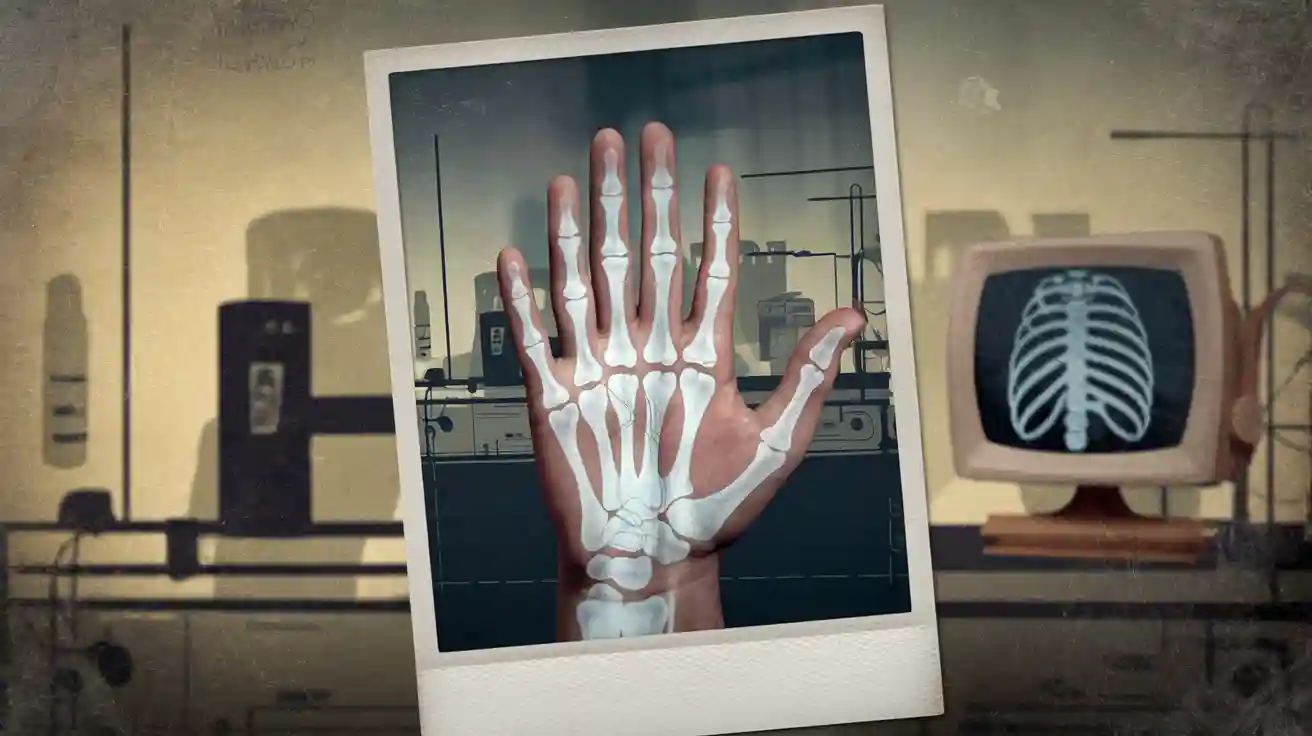
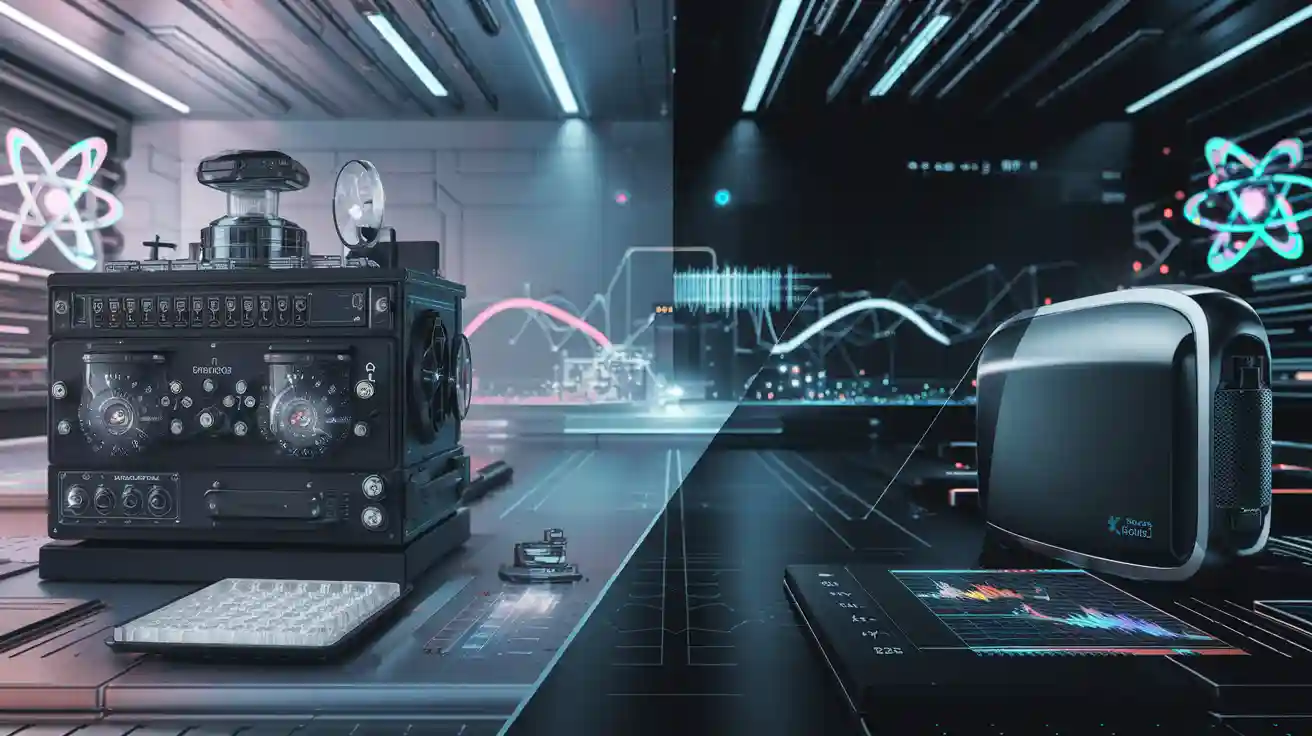
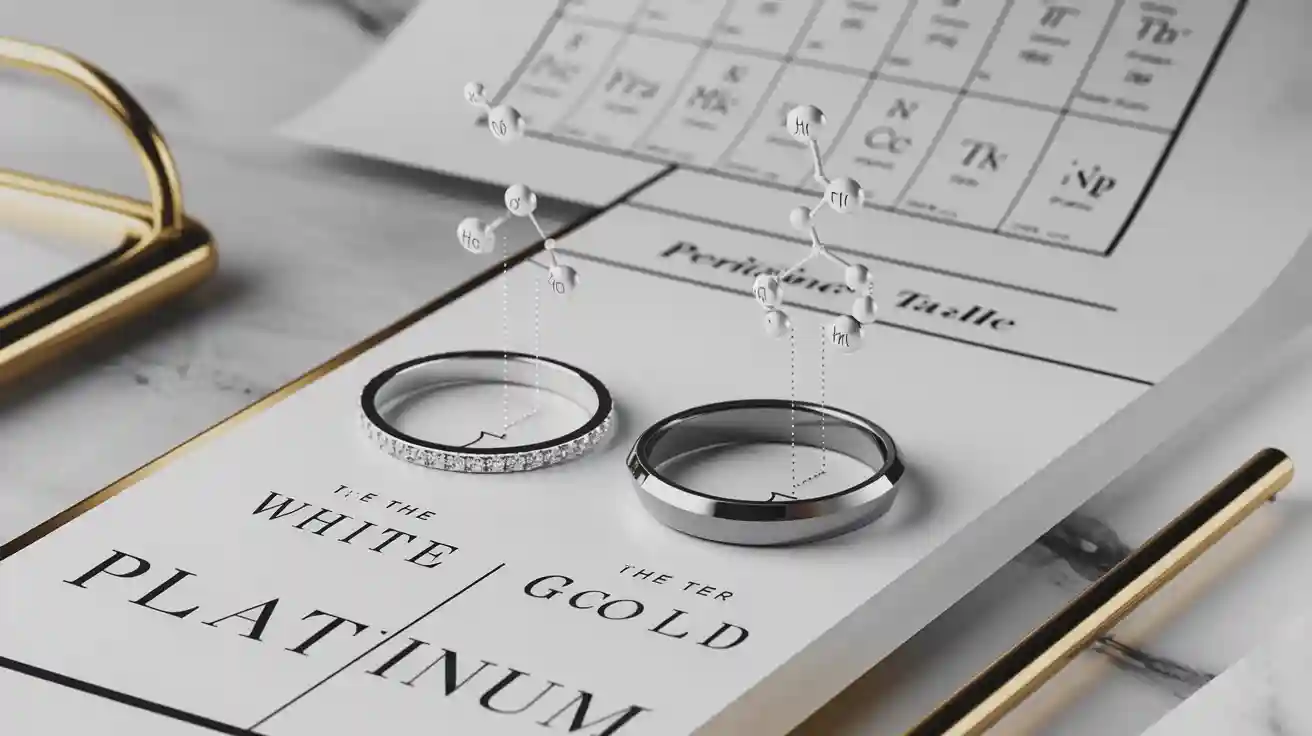
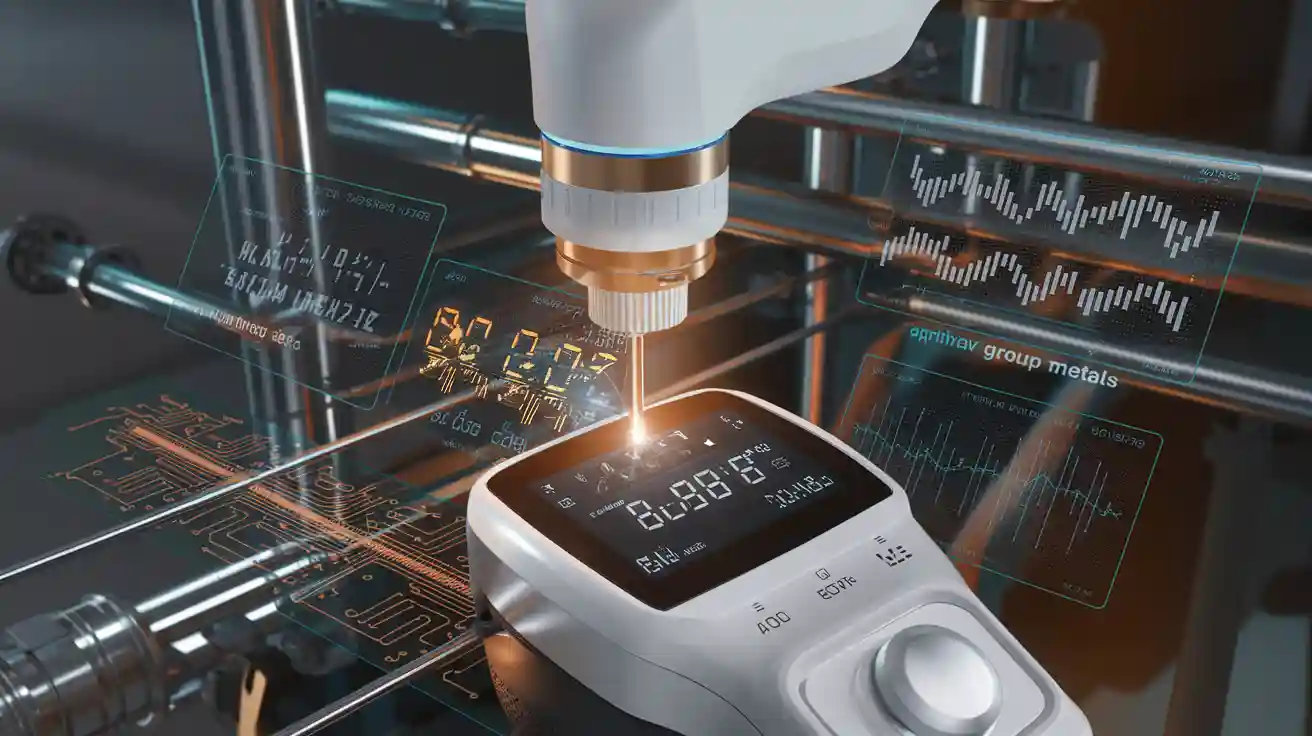
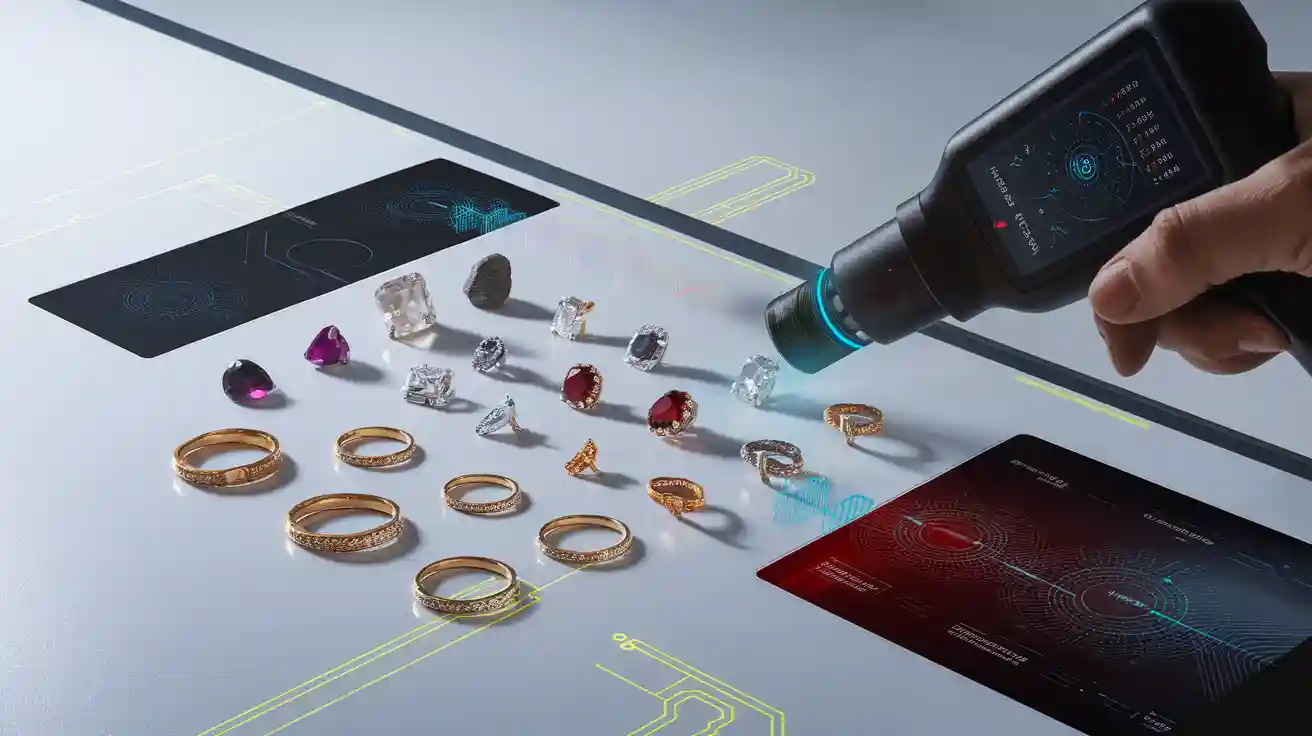

WhatsApp
Scan the QR Code to start a WhatsApp chat with us.